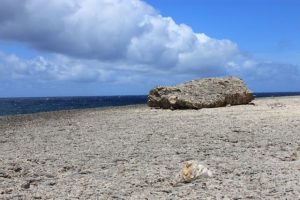
Bonaire – May 2017
It was great. But after months spent island-hopping around the Eastern Caribbean I really wanted to go to sea again. Properly. And having decided to leave, I left.
The first dawn at sea was as special as they always are. The sun came up revealing a completely empty ocean. No land, no boats, nothing but sea and sky, wind and waves. I had a face-aching smile as I brewed my morning coffee. This is what I came for. I hadn’t been out at sea for a while but it was familiar and comfortable. I was rolling down the trades once more and I loved it.
I didn’t follow a direct course from Bequia to Bonaire but sailed west, keeping a hundred miles away from poor, benighted Venezuela. News reports suggest it’s perilously close to being a failed state so, in the absence of reliable information to the contrary, the cautionary principle seemed to apply. But I saw nothing worrying or even suspicious and after four days of wonderful sailing I arrived safely in Bonaire.
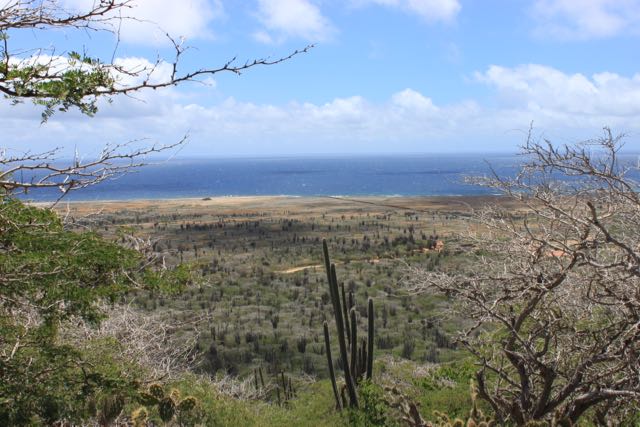

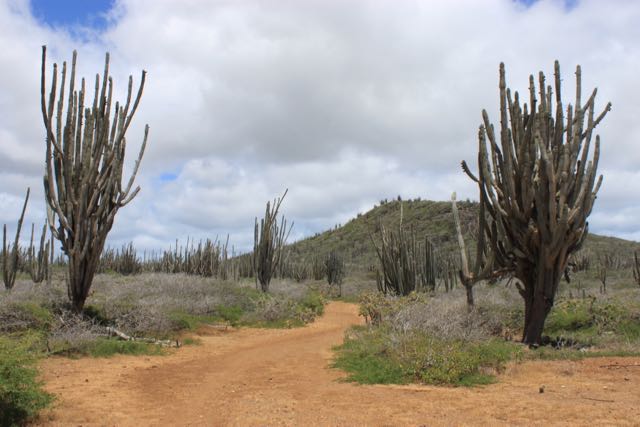
The most easterly of the Dutch ABC islands (Aruba, Bonaire and Curacao), Bonaire is not like any other Caribbean island I’ve visited. The island is a desert but the town feels a bit like like Holland in the sun. It’s world famous for its diving (if you’re a diver) but I tried diving long ago and found it scared me half to death so I contented myself with snorkeling. The water is as clear as its reputation says it is.
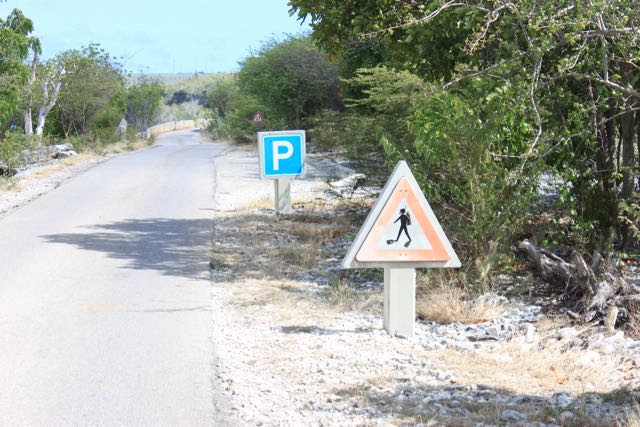

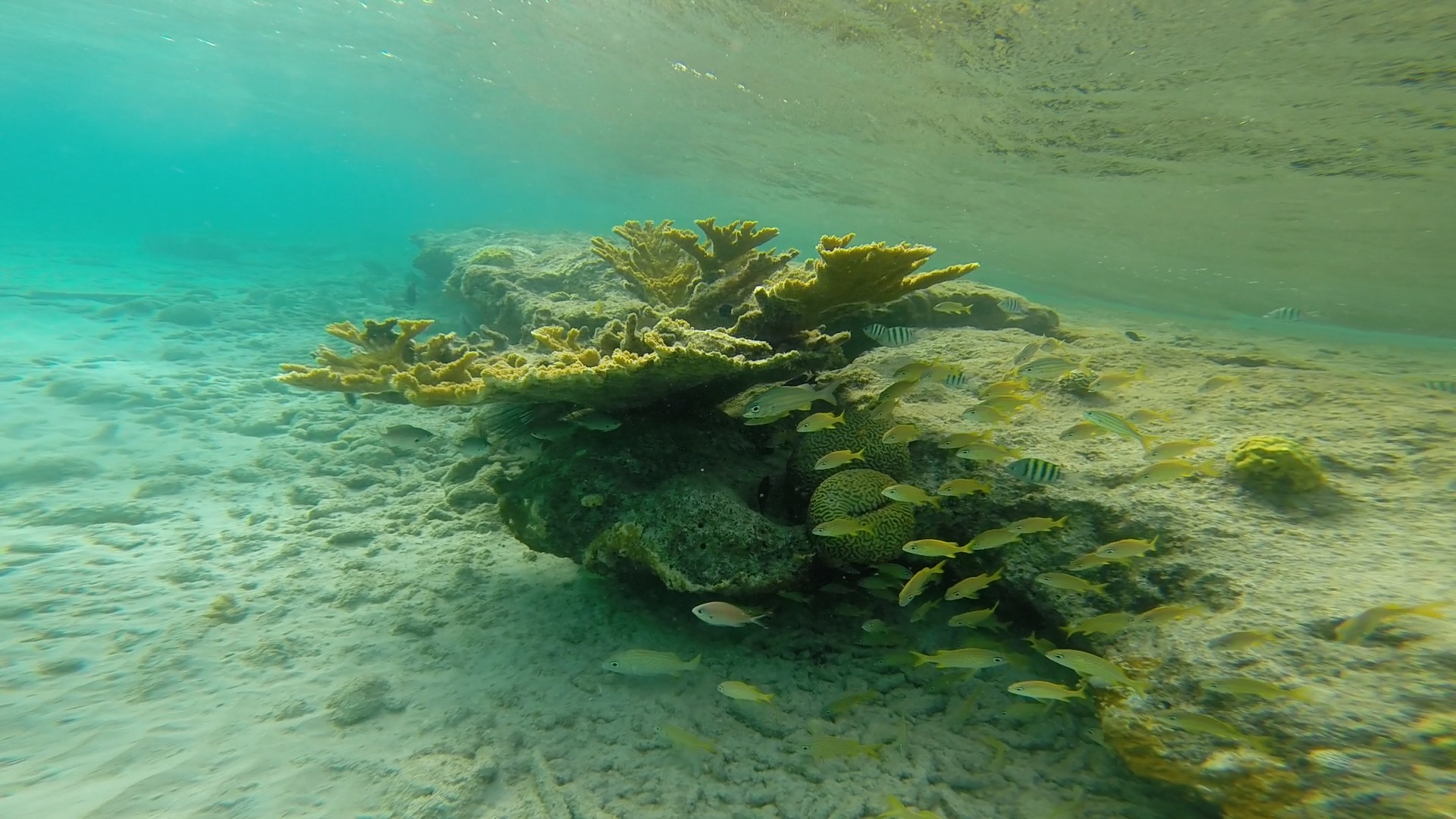
My friend Matthias inspected my hull for me.
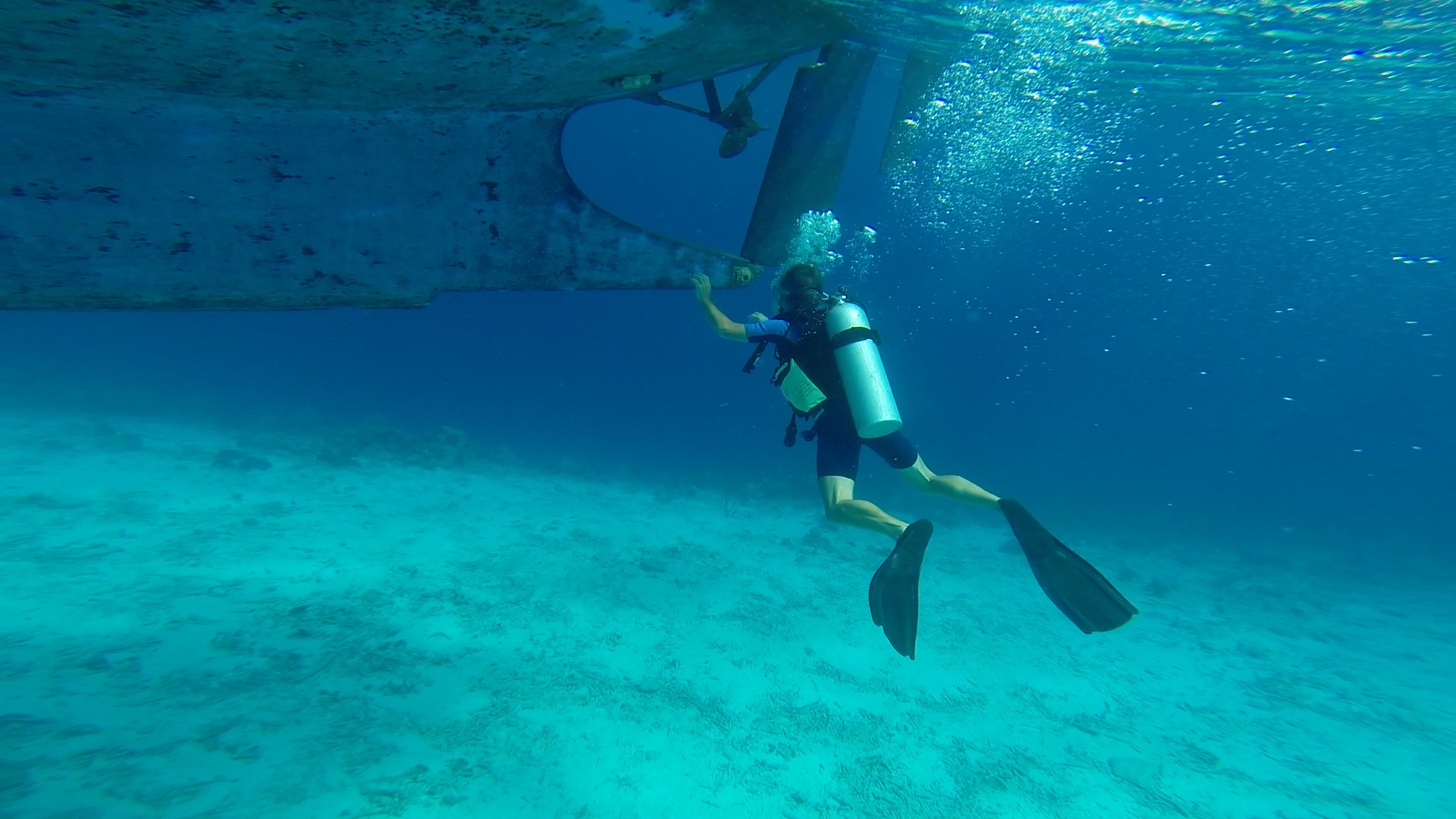
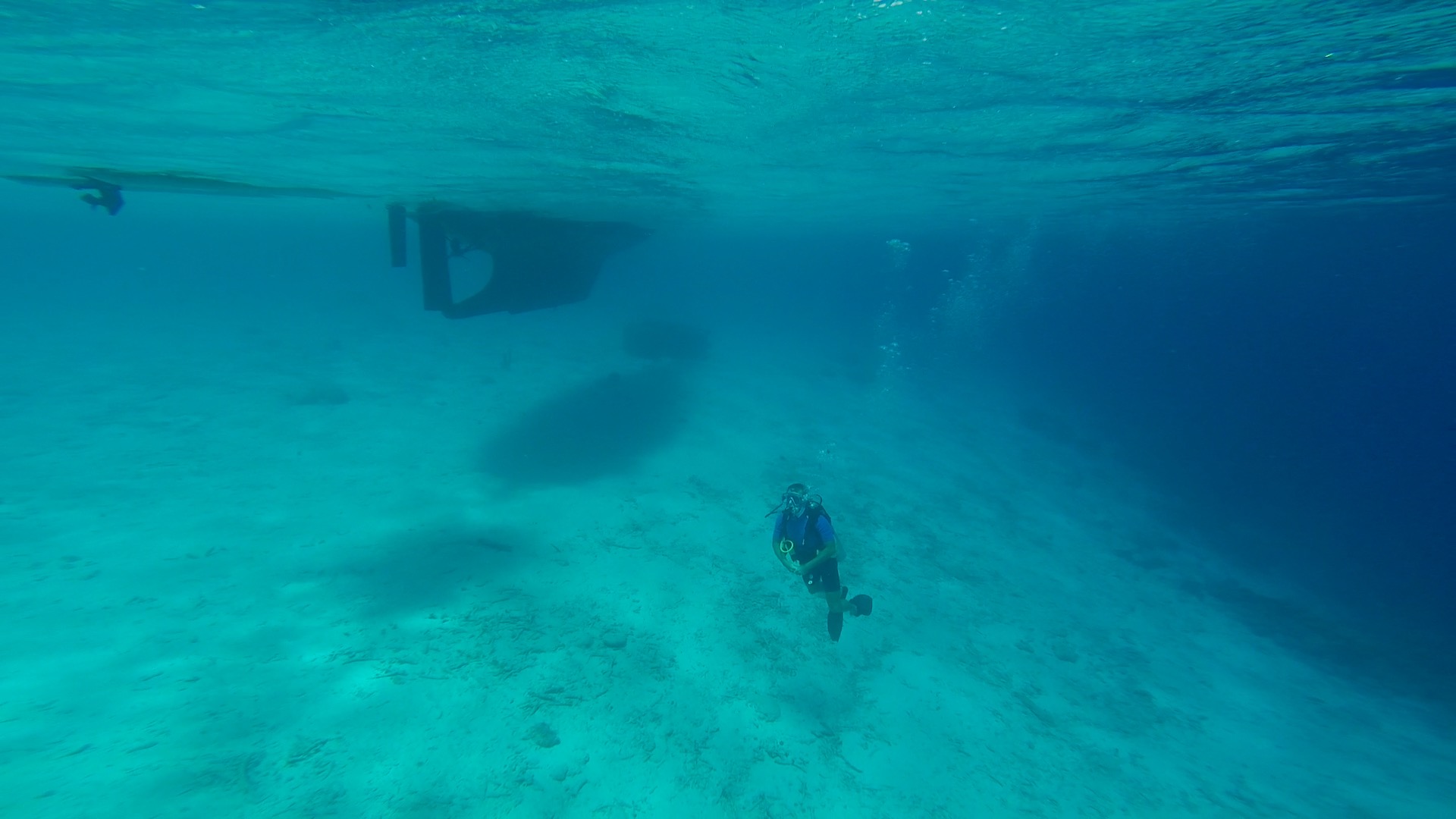

Fishermen had left a pile of conch shells on the shore.


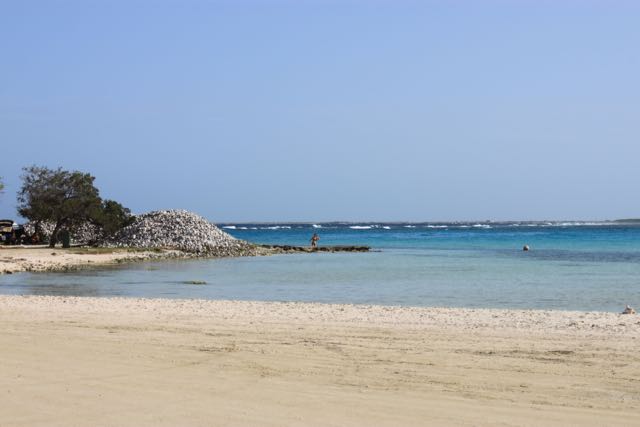
There are lots of flamingoes and pelicans.
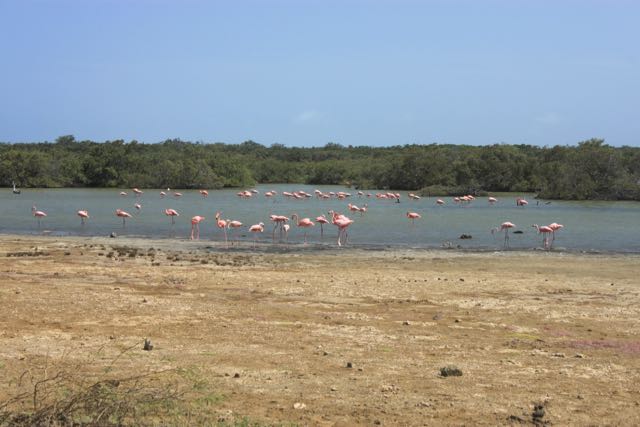
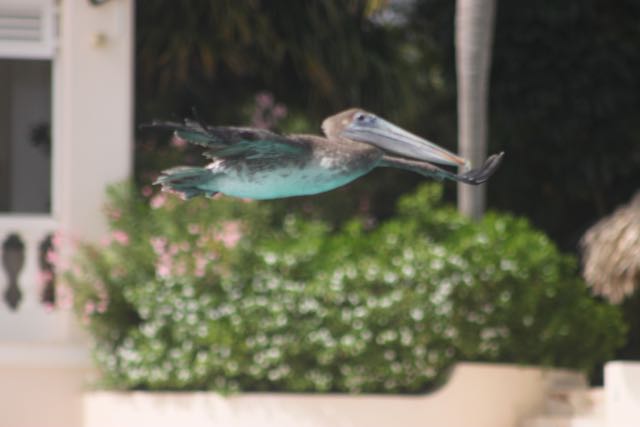
In the south of the island there are some salt pans which are quite a spectacle. I’m not sure why the water’s pink but it is. Very pink. The huts, now painted in funky colours and looking photogenic against the blue sky, were originally built to house the slaves who worked in the salt pans. They are very small and very hot inside. Hmm.
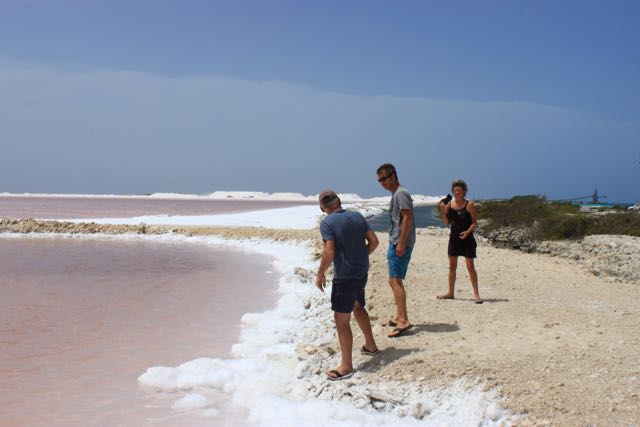
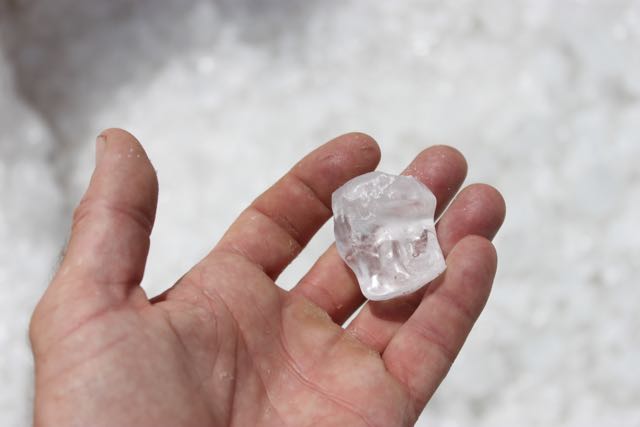
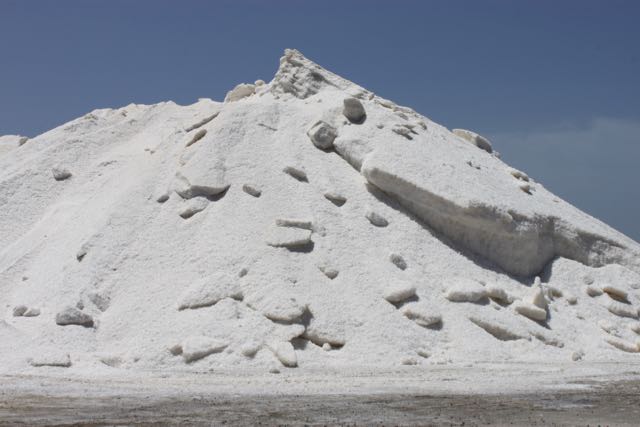

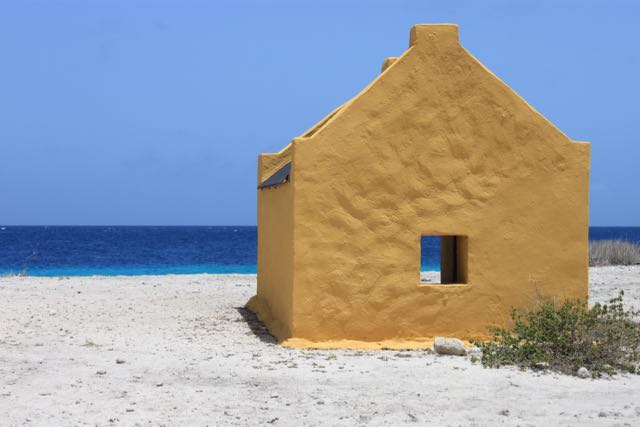
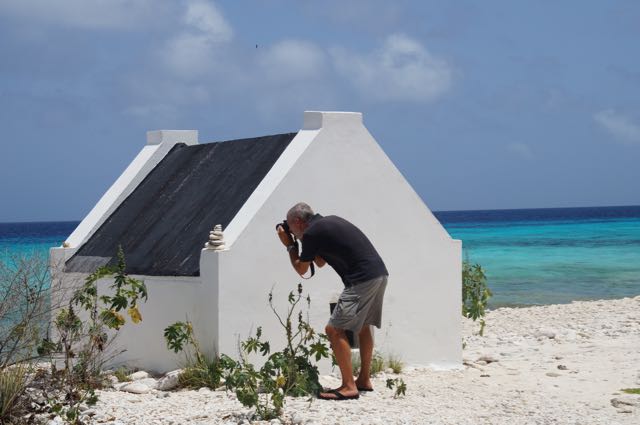
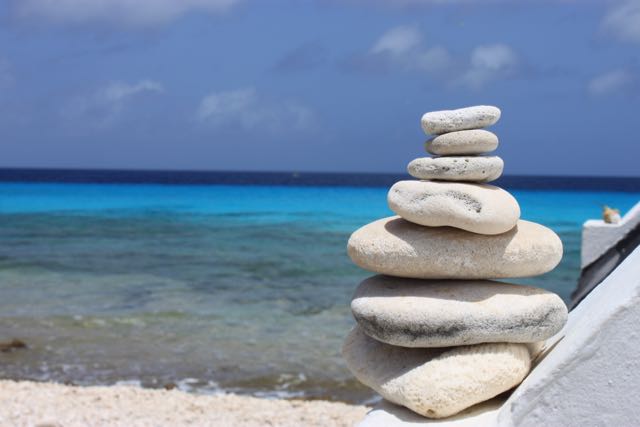
While on Bonaire my friend Ulrike made me a new wind-scoop. I love it. At anchor boats lie head-to-wind and a wind-scoop funnels that wind down the hatch and through the boat, keeping it cool below even when the decks are too hot to walk on.
We spent some time designing it, taking care over every detail: its size and shape but also the precise position of the anchor points, the angle of the strain relief and the exact way the seams and edges should be sewn. It turned out very well and works beautifully. This is the kind of technology I like.
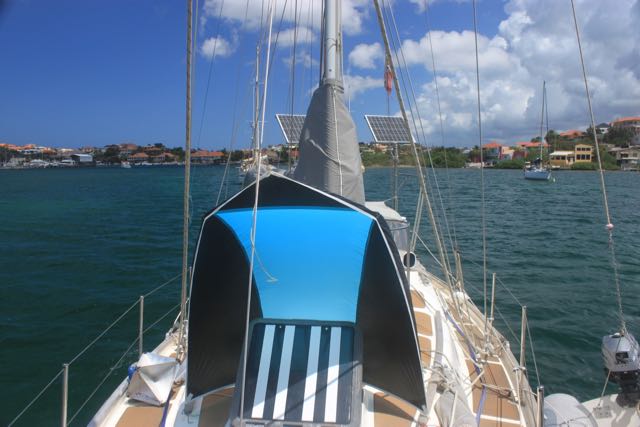
There are those who would prefer air conditioning. But that would be complicated. It would be bound to fail from time to time so I’d need to learn how to fix it and carry the necessary tools and spare parts. Quite apart from requiring a bigger boat to accommodate it, it would require power, and lots of it, so I’d need bigger batteries to store that power and more power generation to charge them, whether bigger solar panels, a wind-generator or a petrol-driven gen-set. All of that would cost money to buy in the first place and, like the air-con unit itself, would also require spares and time spent on maintenance and repairs.
Or I can have a simple, rugged and reliable wind scoop. It’s unlikely to fail but if it does then repairs will be easy. This, it occurred to me, exemplifies beautifully my attitude to sailing and much else besides. Whizzy in-mast main sail furling? No thanks, simple slab-reefing, please. Power-driven winches? No, manual ones for me. Hydraulic steering? I’ll just have a transom-hung rudder with a tiller, thank you. Air-con? Er, no. I’ll have a carefully designed and beautifully made wind-scoop. Thanks Ulrike!
Leave a Reply